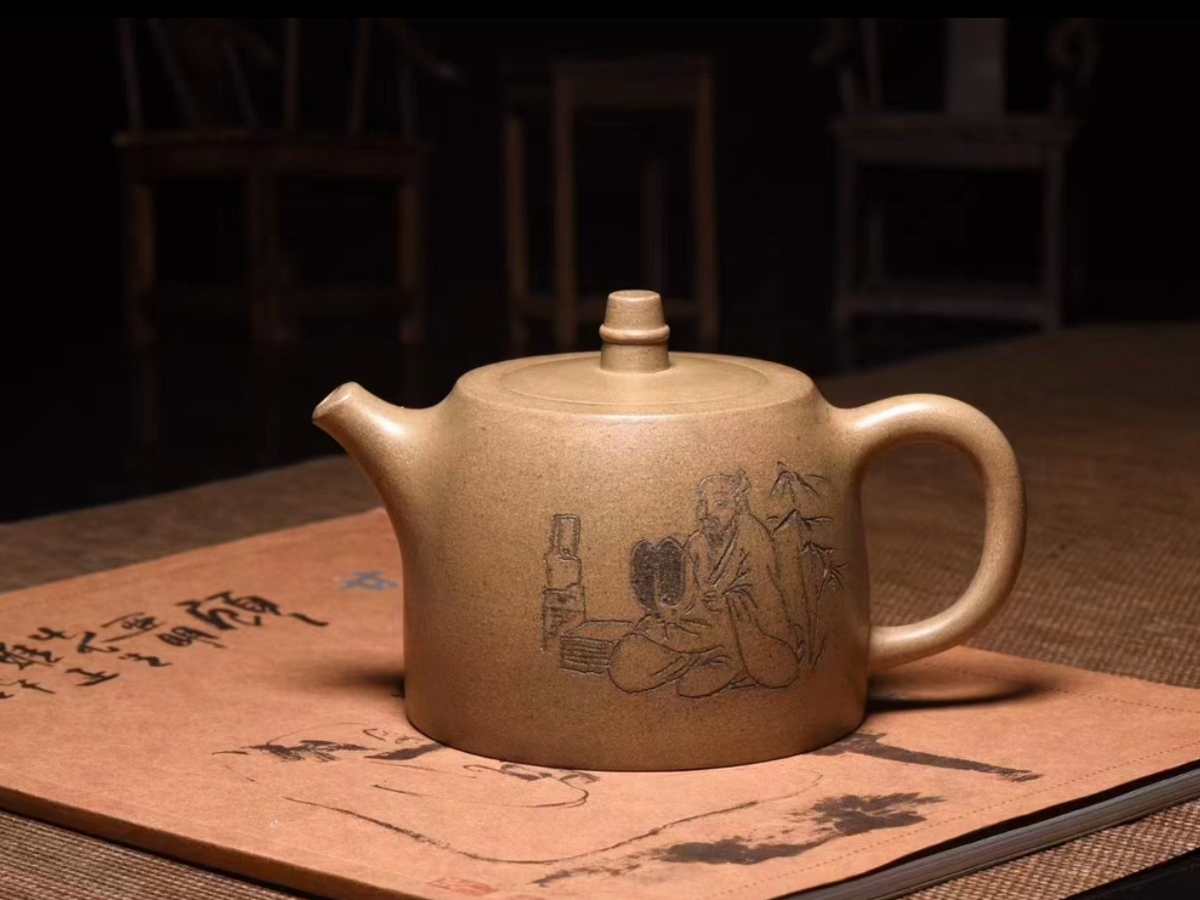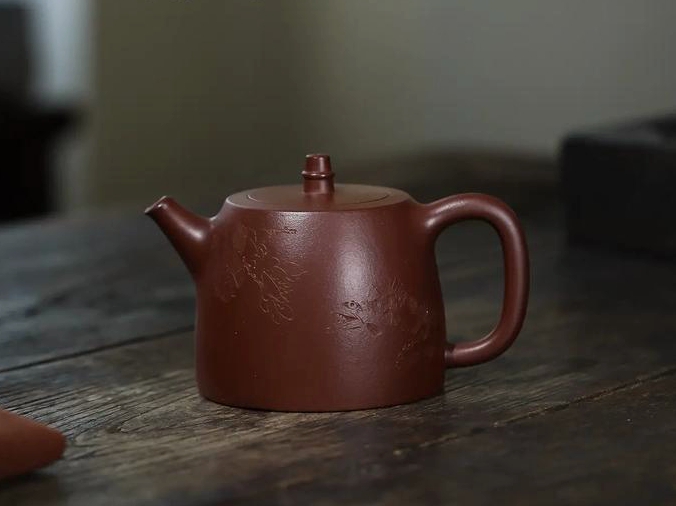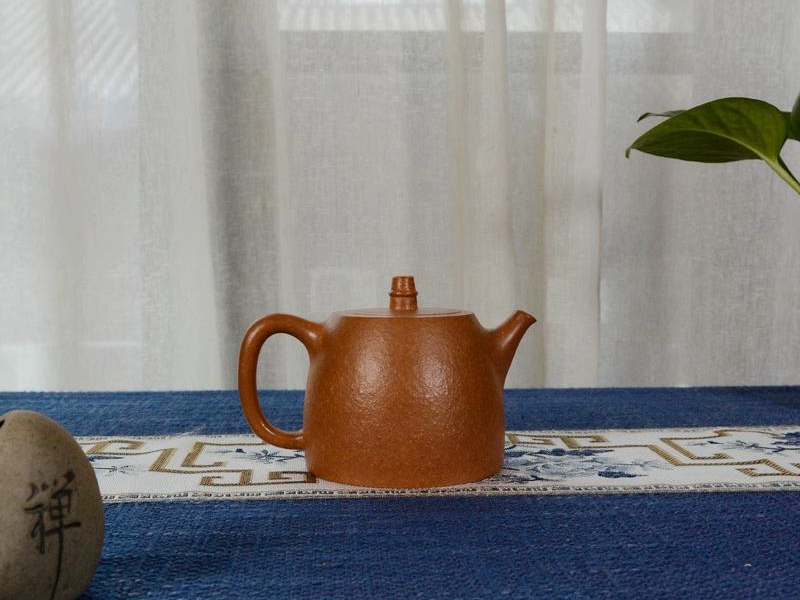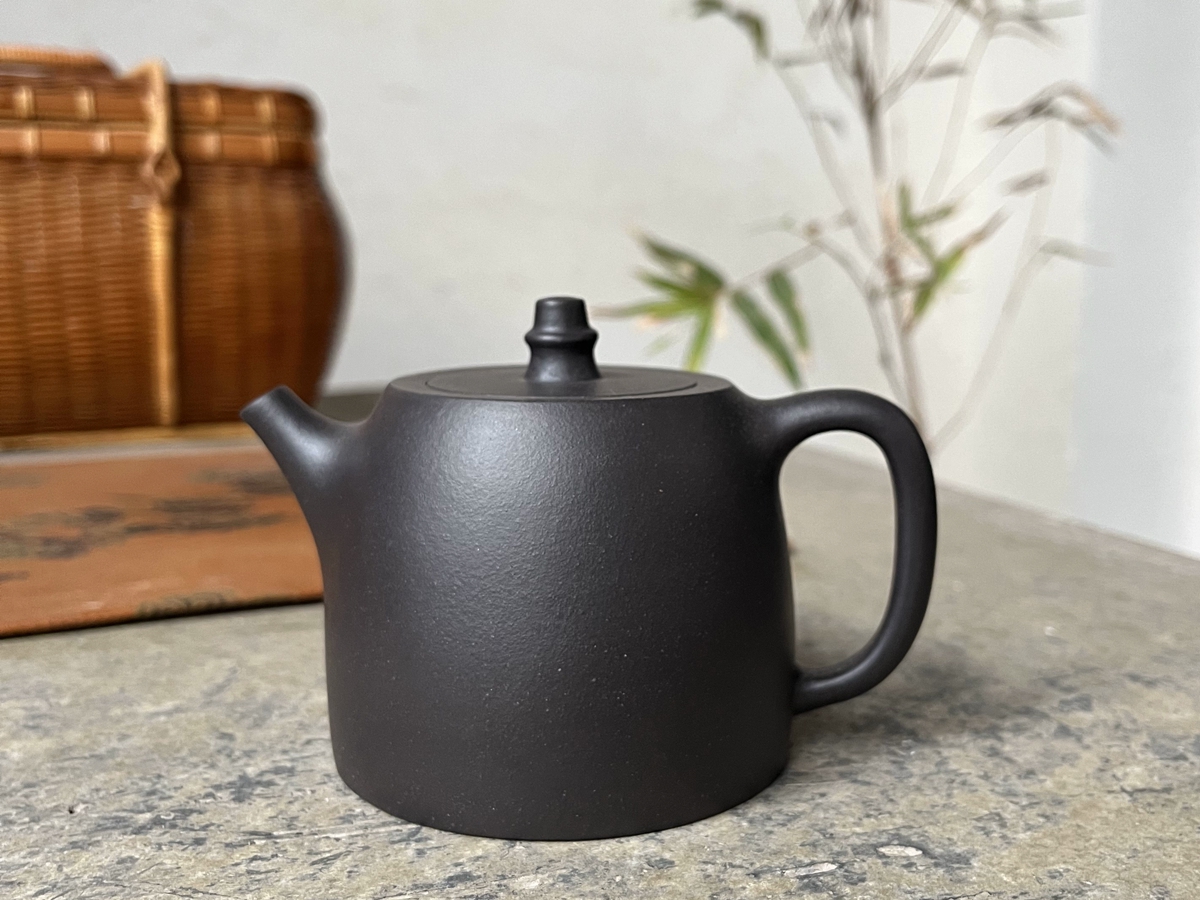Teapot Han Do (汉铎壶)
Han Do teapot, which means "big bell", is an exquisite piece of tea culture. Its unique shape, deep historical connections with ancient Chinese art, and significance in modern culture make it an important element of Chinese heritage.
Historical Roots of the Han Do Teapot
The shape of the Han Duo teapot (Chinese: 汉铎壶, pinyin: Hànduó hú) is inspired by the yong bell (镛), a bronze musical instrument from the Western Zhou Dynasty. These bells were used not only in rituals, but also to create music, symbolizing harmony and order. Han Duo reproduces the silhouette of the yong in miniature, becoming not only a functional but also an aesthetically significant object. This teapot can be compared to sound frozen in clay, which conveys the spirit of antiquity.
Design features
The Han Do teapot has the following characteristics:
- Cylindrical body , resembling a bell shape;
- Straight spout ensures even flow of liquid;
- Flat lid with square handle , emphasizing minimalism and symmetry;
- The canonical height is 9.2 cm, which emphasizes its compactness and convenience;
- Often decorated with the engraving 汉铎, reinforcing the connection with his name and historical context.
The classic shape was created by the master Mei Diao Ding Ming (Chinese: 梅调鼎铭, pinyin: Méi diào dǐng míng) of the Qing Dynasty. His contributions to the art of tea cemented the Han Do's status as one of the classic designs.
The main differences between Han Do and other teapots
Han Do teapots have a number of unique features that set them apart from others:
- Historical context: Han Do is inspired by ancient bronze musical instruments, reflecting a strong connection to Chinese culture. Most other teapots do not usually have such obvious associations with music or ritual.
- Materials: Traditionally made from Yixing clay (紫砂), which has special qualities that affect the taste of tea. Although many other teapots are also made from this clay, it is the shape and details that make Han Do unique.
- Symbolism: The name "Han Do" (汉铎壶) and the engravings on the surface reinforce the connection with cultural tradition. This teapot represents musical harmony and cultural balance, which is rare in other models.
- Functionality. The compact size (the canonical 9.2 cm) is ideal for the Chinese tea ceremony gongfu cha (工夫茶), where precise doses of water and tea leaves are important. Other types of teapots may have very different volumes and proportions, which affects the way they are used.
- Aesthetic and collectible value. Han Do is not only functional, but also has high decorative value. The engravings, symbols and overall aesthetics make it attractive to collectors, while other teapots are more often valued for their practical qualities.
Interesting facts
- Musical Symbolism: Despite its primary purpose as a teapot, the Han Do's shape and name are associated with musical harmony, emphasizing the relationship between art and utility.
- Material: Traditionally, this teapot is made from Yixing clay (紫砂), which is known for its unique properties that affect the taste of tea.
- Collectible Interest: Due to its engravings and unusual shape, the Han Do is popular among collectors.
Role in modern culture
Today in China, the Han Do teapot remains a symbol of the traditional tea ceremony and the harmony between functionality and art. It is used not only for making tea, but also as a decorative element in tea rooms and exhibition halls. Collectors value Han Do for its rarity, and tea lovers - for its ability to reveal the taste and aroma of the drink.
This teapot has gained popularity beyond China, attracting the attention of fans of Eastern culture and art. Its shape and aesthetics continue to inspire modern craftsmen to create new interpretations of traditional design.
The Han Do teapot is more than just a teapot. It embodies a synthesis of tradition, art and refined taste, remaining an important part of Chinese culture and the lives of those who value beauty and harmony.
- Комментарии
- Вконтакте









